Big Red Book
Celebrating television's This Is Your Life
David BUTLER (1944-)
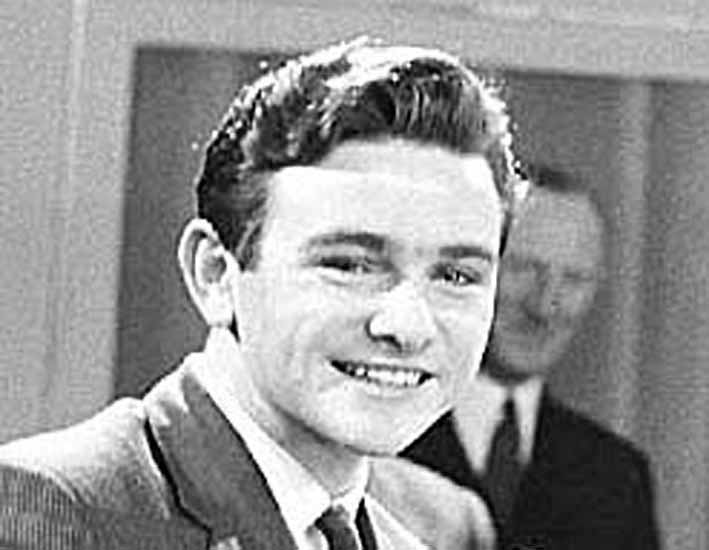
- The youngest subject - at the age of 17 years old
THIS IS YOUR LIFE - David Butler, student, was surprised by Eamonn Andrews after being summoned to his headmaster's study at Hemel Hempstead Grammar School.
On a day trip to Ivinghoe Beacon in Buckinghamshire, at the age of 11, David discovered an old mortar bomb on a stretch of downland that was once a firing range. The bomb exploded as he touched it out of curiosity, and his injuries from the explosion resulted in the amputation of both his legs and his left hand.
After eight months in Luton and Dunstable Hospital, followed by seven months of skin grafting at Mount Vernon Hospital in north-west London, David was fitted with artificial limbs at Queen Mary's Hospital in Roehampton and, despite his disabilities, led a full and active teenage life, returning to his studies and learning to swim, dive, dance, drive, and how to be a car mechanic.
programme details...
- Edition No: 186
- Subject No: 187
- Broadcast live: Mon 5 Mar 1962
- Broadcast time: 7.30-8.00pm
- Venue: BBC Television Theatre
- Series: 7
- Edition: 23
on the guest list...
- Freddie Mills
- Beryl George
- Henry - father
- Mrs Butler - mother
- John Robinson
- Bob Adams
- Ray Hutton
- Sheila Warwick
- Ron Parker
- Marilyn Ford
- Alan Frost
- Bobby Smith
- Tony Brooks
- Ted Dexter
- Douglas Bader
related appearance...
- The Night of 1000 Lives - Jan 2000
production team...
- Researcher: Arthur Sellwood
- Writer: Arthur Sellwood
- Director: David Croft
- Producer: T Leslie Jackson
- names above in bold indicate subjects of This Is Your Life
the show's fifty year history
the programme's icon
a celebration of a thousand editions
Radio Times previews the eighth series
David Butler recalls his experience of This Is Your Life in an exclusive interview recorded in July 2009
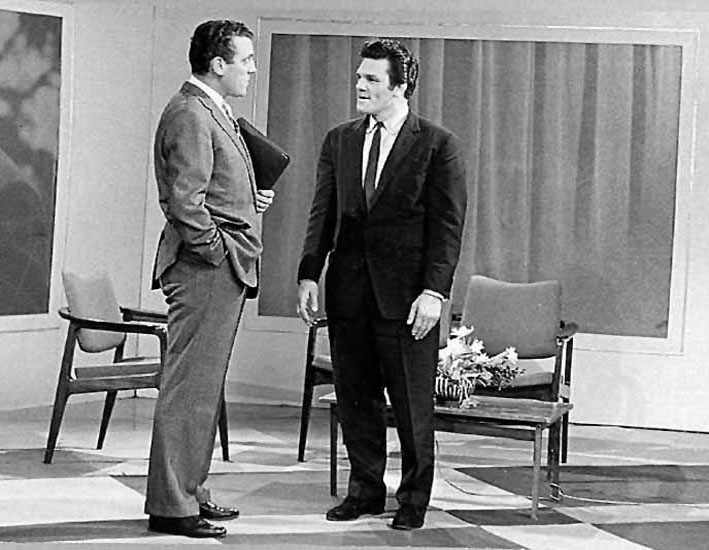
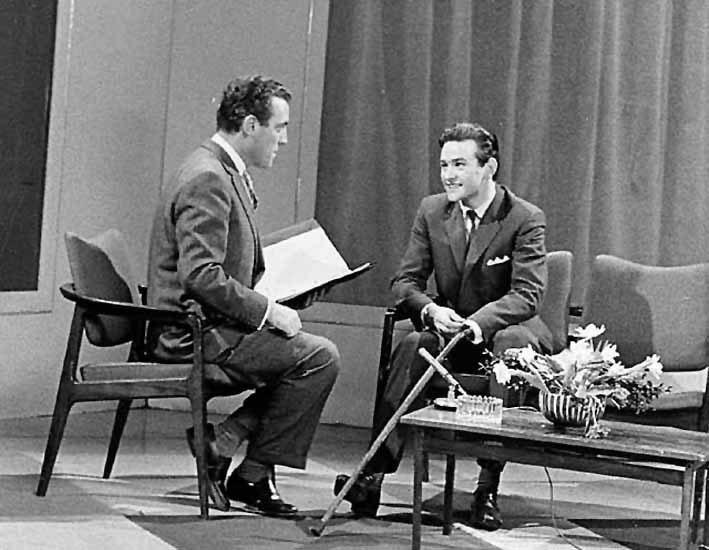
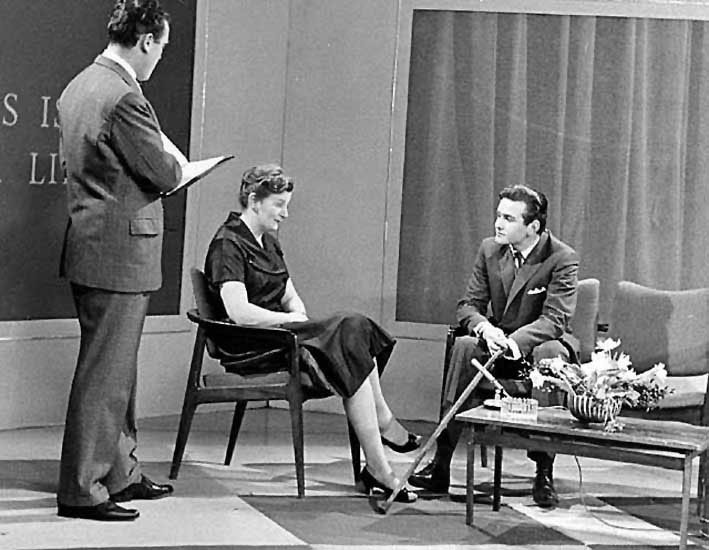

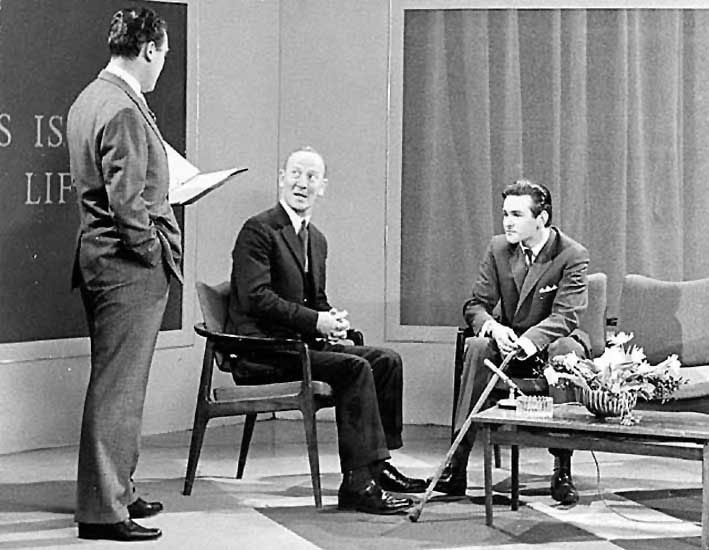
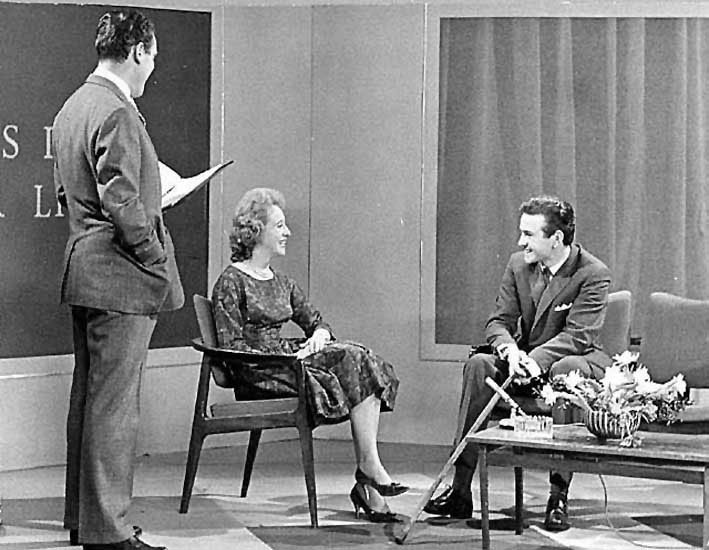
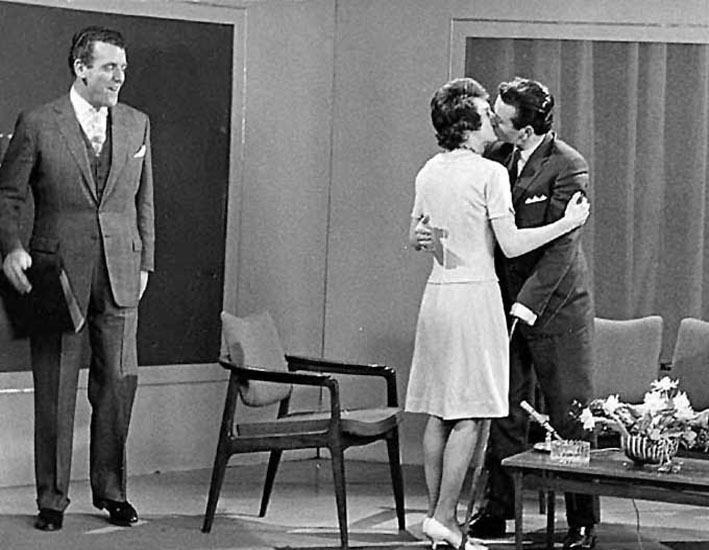
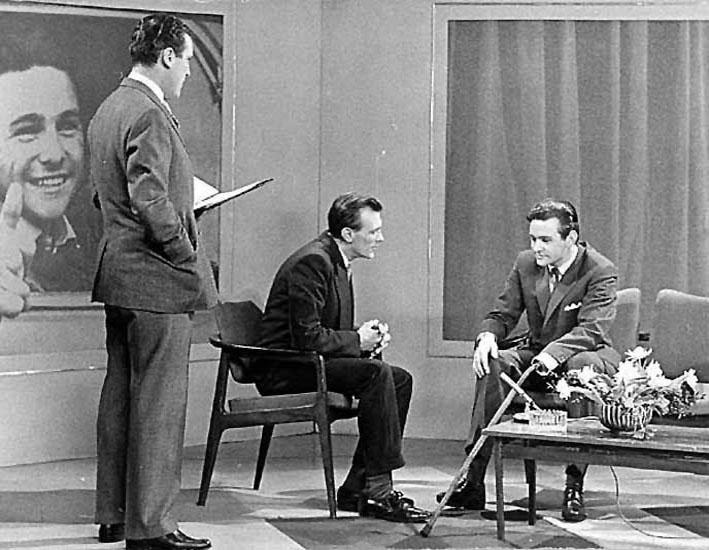
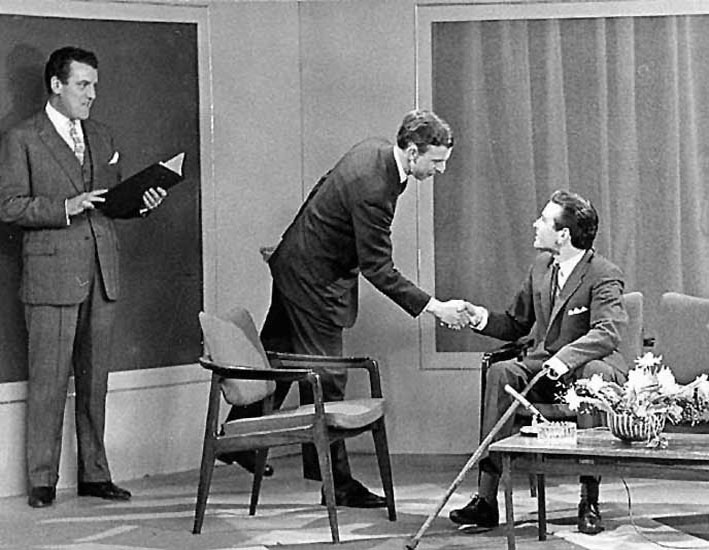
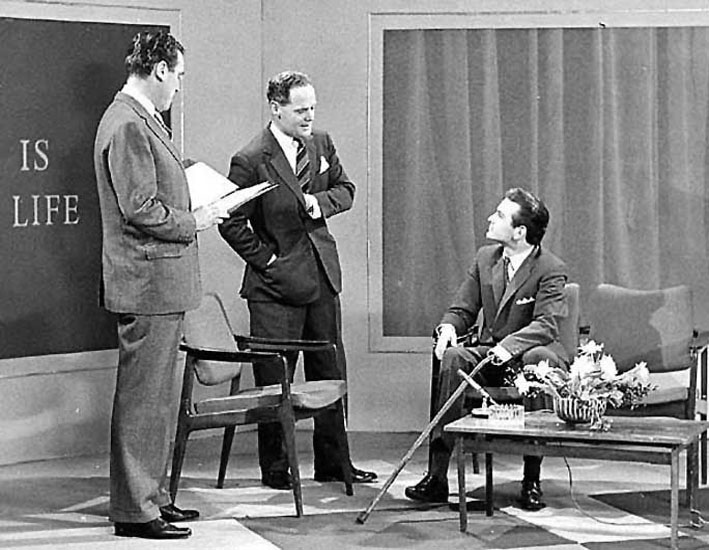
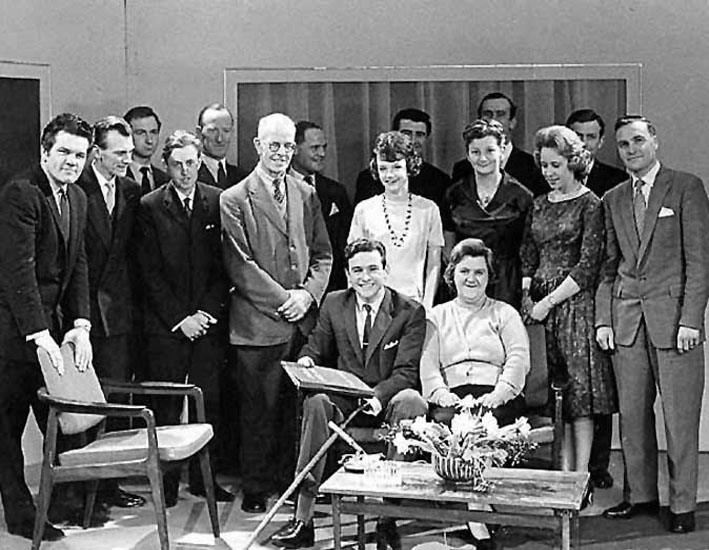
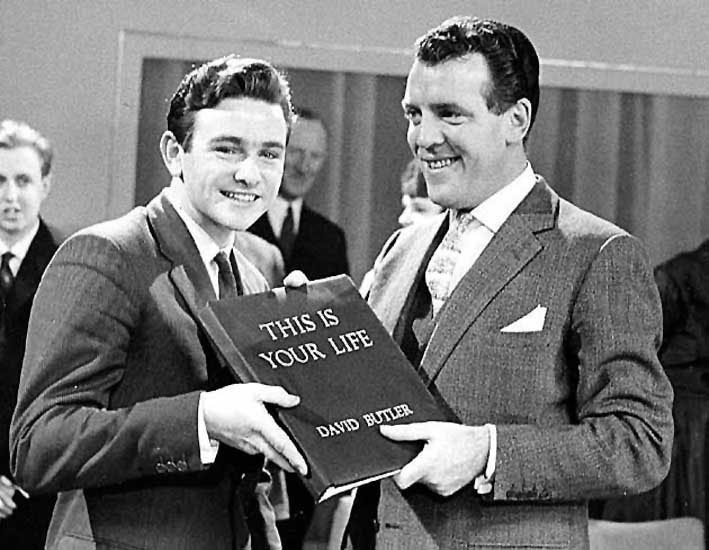
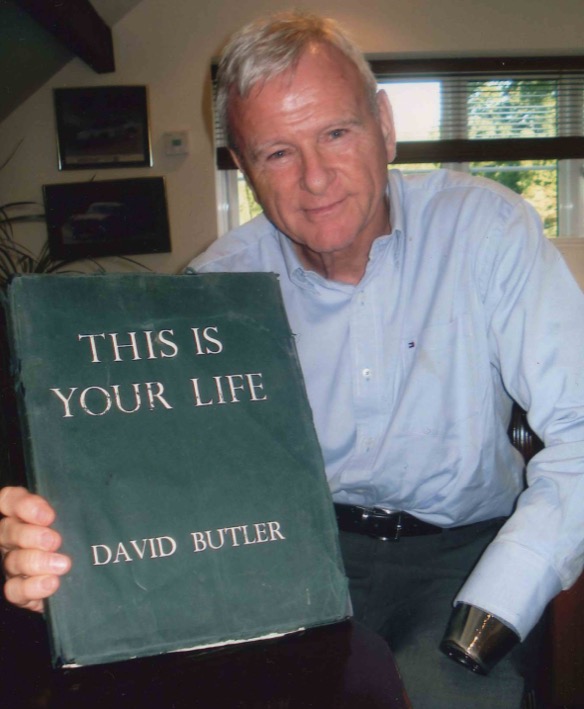
Photographs of David Butler This Is Your Life - and David Butler photographed at his home in July 2009
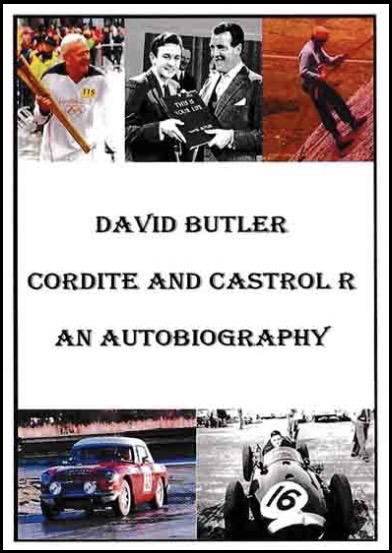
On the 5th March 1962 at Hemel Hempstead Grammar School while in the midst of taking my mock O level exams I was summoned to the Headmaster's study.
My previous visits to John Robinson's office had, deservedly, never been very pleasant. I dutifully knocked on his door.
"Come in" I heard, opened the door to walk into a bank of lights, microphones and cameras with Eamonn Andrews standing there with a book in his hand with the immortal words David Butler - THIS IS YOUR LIFE.
I was both stunned and excited in equal degree. Having filmed the introduction Eamonn explained I would be picked up later and with that the whole crew rapidly disappeared back to London.
The live show was to be filmed at the BBC Theatre in Shepherds Bush and the BBC had that evening sent a car with a uniformed chauffeur complete with a cap emblazoned with a BBC badge. I was very impressed.
Travelling into London the traffic was very light and we were a good 20 minutes early and in Chiswick High Road I notice one of my favourite garages, Chequered Flag, with a showroom full of sports and racing cars, so of course we stopped.
The owner, Graham Warner, happened to be on hand and noticed the BBC chauffeur. While I wandered round the cars he was told I was to be the subject of the This Is Your Life that evening and that I had a passion for motorsport.
Graham offered that if I would like to come back the following Saturday he would take me for a drive in the car I was drooling over, Ron Flockhart's Le Man Jaguar D Type. It would have taken a cosmetic surgeon to remove the smile from my face!
Very early the following Saturday morning I did get that ride and sat in the un-upholstered passenger seat holding the car's battery on my lap while we did 130 mph in third over Chiswick Flyover. Graham mentioned that you must never return by the same route, not surprising as you could probably hear the Jaguar's racing exhaust a mile away.
At the Shepherds Bush Theatre and just a few minutes before the off, Eamonn came into the dressing room to explain the procedure and warn me about not tripping up on all the cables I would have to walk over to get onto the set.
I told him I was so nervous that I needed a wee but there was no time to go to the toilet on the next floor - "do it in the sink" he said as he left the room. I was just about to protest when he put his head back round the door and told me I would only be following Lord Boothby's example a few weeks before. "Hurry up!"
The guests that evening included my parents, the ward sister, my headmaster, swimming instructor, dance teacher, best mate and mechanic - and my future wife, Marilyn.
They had also lined up celebrities in the sports I loved.
Freddie Mills, former light-heavyweight Champion of the World, opened the show to introduce me.
I started boxing as a 9-year-old in a makeshift gym in Boxmoor close to my home. I have no idea why I became interested but I think it appeared a tad glamorous and macho to a youngster. I wasn't much good at it but I did enjoy the physical aspects of the training - the gym rounds, the punch ball, fast skipping etc. what I didn't like, and that's why I have a query as to why I ever continued to turn up, was the opponent's glove landing heavily on my nose or indeed on any part of my anatomy!
We did however have a most charismatic trainer, a really lovable man called Charlie Collett, a gentle giant to us lads but in the past he had done the rounds at fairgrounds - fighting anyone who climbed into the ring to try their luck which was almost always bad.
His fighting companion during that era was Freddie Mills who later became one of the UK's most loved sporting personalities and of course Light-Heavyweight Champion of the World.
Charlie told Freddie of my accident and I can vividly recall him visiting me in hospital with his arms full of toys for the kids in the ward. Such a warm personality he lit up the ward and raised everyone's spirits especially the nurses - he was still very good looking despite his years in the ring.
On the TV programme Freddie affectionately recalled our hospital meetings.
Eamonn Andrews to Freddie, 'You met our guest of honour when he was really on the ropes?'
"Yes, I went along to see him in hospital soon after he'd had both his legs and his left hand amputated. A friend of mine, Charlie Collett, who runs the local boxing club thought a visit might cheer him up."
Eamonn: "But it turned out to be the other way round?"
"I got the biggest surprise of my life. I thought the poor fellow would be breaking his heart, but there he was smiling and cracking jokes though nothing had happened."
Eamonn: "In fact you were so impressed with his courage that you've quoted it as an example ever since?"
Freddie: "Yes. That same evening I visited him I had to give a talk at an American base about boxing but I found myself telling them about him instead. He's one of the finest blokes I've ever met."
At the after show party he caused mayhem in the BBC foyer in White City making everyone laugh.
In those days the BBC lift attendants wore uniforms. Freddie took it literally when a pretty dark haired lift attendant had a hat badge that said 'LIFT' so he did and ran off down the corridor with her in his arms.
I have the fondest memories of both Charlie and Freddie; getting older and looking back l often question if they make them like that anymore?
Other sporting celebrities appeared for me and I was delighted to meet –
Bobby Smith – Spurs and England Centre Forward
Ted Dexter - England Cricket Test Captain and
Tony Brooks - F1 racing driver. They all stayed on to chat afterwards.
The last celebrity guest however gave me the greatest joy – my inspiration - Douglas Bader.
Douglas visited me many times in hospital and we met up occasionally at the Roehampton Limb Fitting Centre.
Peculiarly I always think of him when I hop in and out of a bath as he gave me a most interesting piece of advice that I have never forgotten although I did think it rather odd at the time.
"David, the most dangerous activity without legs is getting in but more particularly getting out of a bath - use a wet flannel on the side and you won't slip."
He was absolutely right! I never leave home without one! When visiting injured soldiers, I always pass on his advice, they look at me quizzically until a few days later I get an amused phone call or text - "Yes, it really does work."
I was originally left handed and had to learn to write with my other hand - that has always been my excuse for my writing looking as if I am creating a doctor's prescription!
The first proper letter I ever wrote with my right hand was to Douglas to thank him for a hospital visit.
During the show Douglas presented me with an RSPCA Bronze Medal for saving a dog that had fallen through the ice on the frozen canal next to our house.
A ladder was laid on the ice and, as I claimed to be the lightest, I crawled out on it across the ice, grabbed the dog who gratefully wagged his tail and ran off, as I went into the freezing canal when the ice cracked. Fortunately a policeman had just arrived and pulled me out by my right artificial leg. Rust set in later and I gained an embarrassing squeak.
Later I said to Douglas at the reception "thanks for presenting the medal," he leaned in close, I thought he was going to give me a hug, but he said very quietly - "Silly arse."
I always thought of Douglas on a personal level as actually quite a shy man but he often came over as impolite or brash as he blustered to hide it but he did have a great sense of humour and I loved him.
I recall being the only one in tears at his memorial service in Clement Danes Church in the Strand attended by all the great and good from every walk of life, none of whom knew him as I did. Marilyn and I sat directly behind Mrs Thatcher and her Cabinet. I didn't notice any tears in that row or in HM's opposition behind us!
The reviews of the TV show in all the daily papers the following morning were great, praising the BBC for taking a refreshing risk on a youngster rather than the usual ageing showbiz luvvies. The show gained the second-highest rating of the entire winter series.
I am today still the youngest ever subject of any of the world-wide versions of the programme.
The famous red book doesn't actually figure in the show, in reality it is a huge red bound volume of black and white photographs with short notes of Who's Who, and it is presented sometime after the broadcast of the 'victim'.
The book Eamonn actually holds during the show is an ordinary ring binder, with an outer covering on which the name of the subject is printed. It contains the whole of the script typed in capital letters on light blue paper and includes detailed notes for the movement of guests, lighting instructions, background photograph direction etc. Quite fascinating.
It even includes Eamonn's 'Ad Libs'.
Video tape was very expensive in 1962 and was often reused so regrettably no copy of this episode exists.

This is from the life of David Butler:
"I was injured by a bomb in 1956, and I was in hospital for just over two years. I was twelve at the time. Douglas came to see me at Mount Vernon, Northwood, when I was having plastic surgery. They took away part of my right thigh and chest skin and they transplanted it on to my knee. My legs are off inch-for-inch exactly the same as Douglas's. But he has two hands and my left hand is off at the wrist... The first letter I wrote to him, I asked if I could see him. I wrote the letter with my right hand because I was left-handed and I had lost that.
When they showed the film Reach for the Sky locally, the nurses at Mount Vernon arranged for an ambulance to take me down to the cinema to see it. When he came to see me again, I asked him what the artificial legs were like to wear and how they worked. He told me all about them and how to use them. He also told me that I would get quite a bit of pain to start with. This was about six to nine months after my accident. Douglas told me not to let things beat me. I hadn't seen artificial legs and did not know how they worked, or what it was like wearing them. It was a great help to talk to someone like Douglas, to learn all about the legs, how they are fixed on, what sort of difficulties you are likely to meet.
The sister warned me that when I left Mount Vernon I wouldn't be able to walk for about five or six months. In fact I was walking four weeks later, but I was in hospital for two years altogether.
When I came out of hospital, I learnt to dance, drive and swim, and they had a programme on me, This Is Your Life. Douglas came on to this and presented me with a medal from the RSPCA. I had gone on the ice at the local canal and tried to crawl out in the middle to rescue a dog that had fallen in. But the ice gave way and I went through. A policeman grabbed me and pulled me out, but I didn't save the poor dog."
Later, Bader got a letter from Eamonn Andrews, asking if he would appear on one of his series of programmes This Is Your Life. At the time Bader disapproved of this and he had been tried out as a victim at least twice. Both occasions he had been told about it in advance, once by Thelma and another time by a friend. Thelma knew how he would feel if he had been caught.
But when he was asked to appear on behalf of David Butler, he did agree, simply as a guest which was a different matter. Douglas thought it might help to do him some good in some way. Because he had buckets of courage, as he put it. Much later in life, Douglas did acquiesce and appear as the subject of a memorable edition of This Is Your Life.
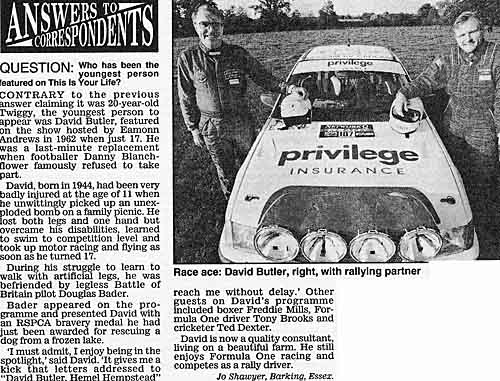
unknown date and source
QUESTION: Who has been the youngest person featured on This Is Your Life?
Contrary to the previous answer claiming it was 20-year-old Twiggy, the youngest person to appear was David Butler, featured on the show hosted by Eamonn Andrews in 1962 when just 17.
David, born in 1944, had been very badly injured at the age of 11 when he unwittingly picked up an unexploded bomb on a family picnic. He lost both legs and one hand but overcame his disabilities, learned to swim to competition level and took up motor racing and flying as soon as he turned 17.
During his struggle to learn to walk with artificial legs, he was befriended by legless Battle of Britain pilot Douglas Bader.
Bader appeared on the programme and presented David with a RSPCA bravery medal he had just been awarded for rescuing a dog from a frozen lake.
'I must admit, I enjoy being in the limelight,' said David. 'It gives me a kick that letters addressed to "David Butler, Hemel Hempstead" reach me without delay.' Other guests on David's programme included boxer Freddie Mills, Formula One driver Tony Brooks and cricketer Ted Dexter.
David is now a quality consultant, living on a beautiful farm. He still enjoys Formula One racing and competes as a rally driver.
Jo Shawyer, Barking, Essex.
Series 7 subjects
Max Bygraves | Mario Borrelli | Alastair Pearson | Brian Rix | Derek Dooley | Elizabeth Twistington Higgins | Sandy MacPhersonRonald Menday | Harry Day | Peter Finch | Charlie Drake | Timothy Cain | Isabella Woodford | David Park | Sefton Delmer
Coco (Nicolai Poliakoff) | Jenny Gleed | Arthur Davies | Tom Evans | David James | Kenneth Horne | Marie Rambert | David Butler
Glen Moody | Kenneth Cooke | Tom Breaks | Dora Bryan | Bob Oatway | Acker Bilk | Hester Meakin | Joe Filliston | Ellaline Terriss